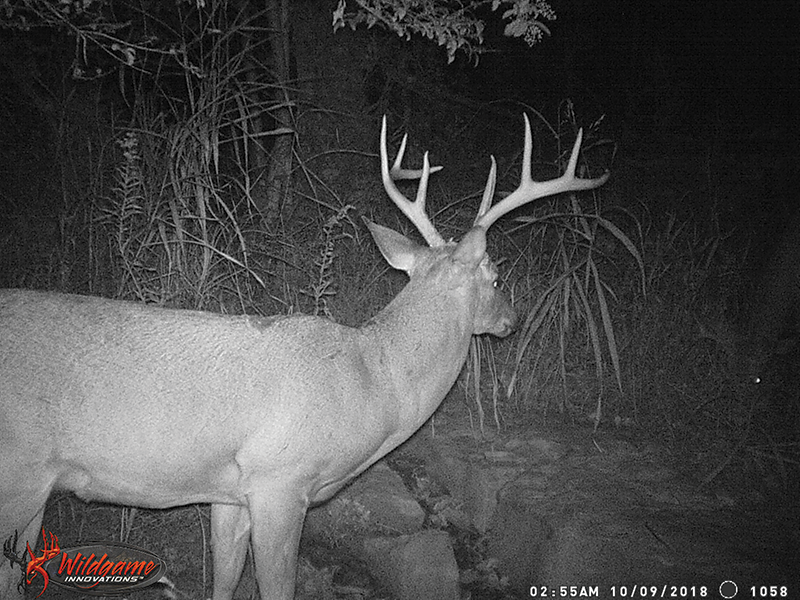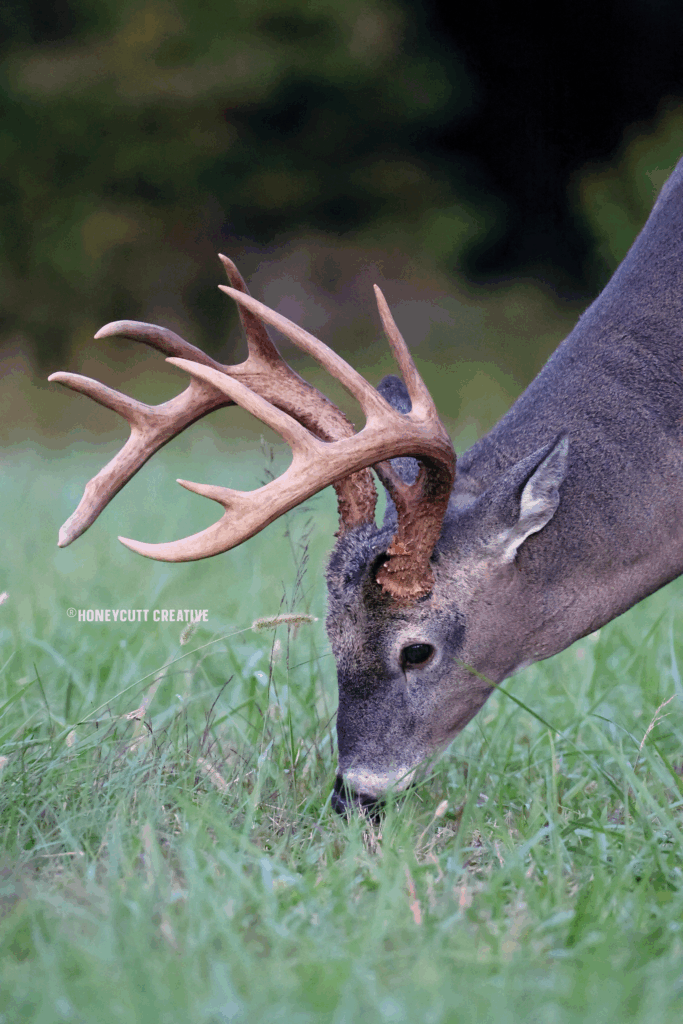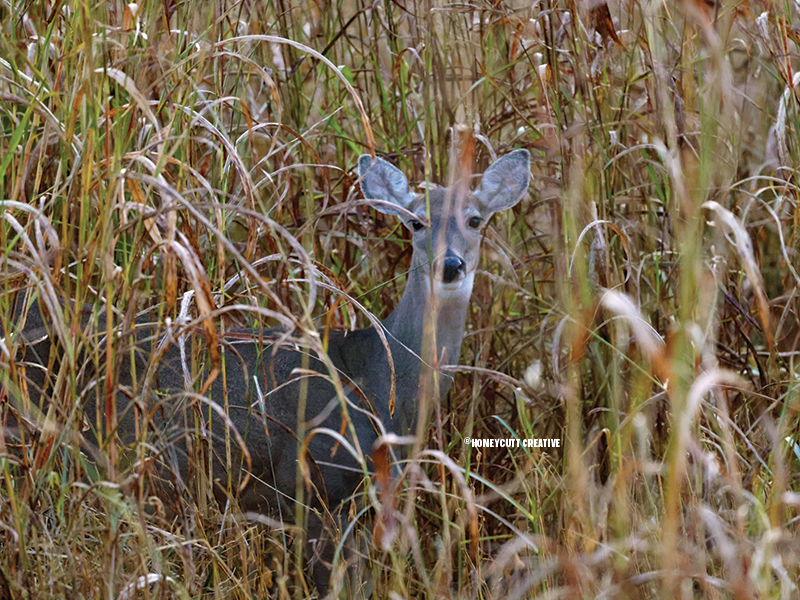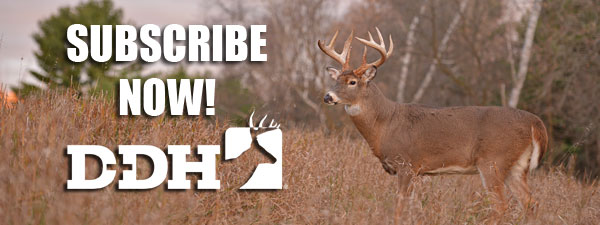Deer hunting is about understanding whitetail lines of movement. Knowing how deer traverse the landscape, how they get from point A to B, and even knowing where A and B are located, are incredibly important tasks to complete. These and more are part of breaking down and visualizing your hunting land.
It’s very important to see properties in person. There are things that you cannot determine without boots on the ground scouting. Likewise, there are features that might go unnoticed or undervalued without seeing these from an aerial perspective, such as apps and maps.
In the past, hunters could only do this on paper via maps. Today, hunters have many different apps available to them. Hunting-centric apps allow hunters to better visualize properties they hunt on. Advanced layers and tools provide even more horsepower within these resources.
Full disclosure, I’m a HuntStand ambassador. However, I used it long before I became such. (I even used ScoutLook and HuntStand before they merged.) All said, for the purpose of this article, I’ll use HuntStand to illustrate, but the concept should work for whatever hunting app you prefer.
The Concept: Better Visualize Your New or Old Hunting Property
Those who really understand their hunting land tend to experience more hunting success. Knowing exactly where deer bed, feed, water, and move across the landscape significantly increases odds of success, this is why we run trail cameras, glass from afar, walk our hunting properties, and do everything we can to learn about the intricacies of these places. But it’s also why we should use apps or maps to highlight our scouting discoveries.

When you annotate a map or an aerial view within an app with scouting finds, it helps you to visualize these discoveries, exactly where they are located. Seeing each of these marked and annotated scouting notes in unison paints a better picture of how deer are using the property. For example, you might realize deer are bedding, feeding, or watering in an area you previously didn’t expect or know about. Also, you might pinpoint trails and lines of movement you weren’t previously focused on. These things and more can be possible. Revelations when you effectively chart all relevant features of your hunting land.
Step 1: Map the Bedding Cover
Start by walking betting areas already known. Also, search areas where you might discover new bedding areas. With your hunting app, drawing area shape around each bedding area’s perimeter.
Bedding areas look different. Everywhere you go, this is heavily influenced by regional habitat types. For example, in hill country, deer commonly bed along the upper and lower thirds of ridge lines and ridge endings. Leeward ridges are very attractive, too. Along river systems, deer like to bed close to banks and especially in oxbows. In lowland areas, deer frequent interiors of swamps. In open areas, deer love bedding in CRP grasses and other early successional habitat.
Furthermore, bedding areas are seasonal. Bedding needs change throughout the year. For example, in hill country, a deer might bed on a cooler north-facing slope during the early season but along a warmer south-facing slope during the late season. Marking these areas makes it easier to shift gears as deer transition during the year.
Drawing these area shapes around bedding areas aids in several efforts. First, it helps you to stay outside of or along the fringe of these areas when hunting. Additionally, once other important land features are charted, it can help determine the best areas to intercept deer movement between various points of interest. It can be surprising just how much difference 100, 50, or even 25 yards — in one direction or another — can make.
Step 2: Pinpoint the Food Sources
Pinpointing each food source on a property is incredibly important, too. Most food sources are seasonal, and these change throughout the year, and especially throughout deer season. Highlighting these, and dropping icons within your hunting app, further enhances visualization of your hunting property.

As do bedding areas, food sources look different from region to region, state to state, county to county, and even property to property. That said, find the big-ticket food sources near you. Things to remember might include ag fields, food plots, hard mast trees (acorns, chestnuts, hickory nuts, etc.), soft mast (apples, crabapples, pawpaws, pears, persimmons, plums, and more), grasses, forbs, etc. Also, don’t ignore browse, which comprises the bulk of a deer’s annual diet, especially during the bulk of deer season.
Step 3: Mark All Water Sources
Water is one of the most underrated elements in deer hunting. This is a crucial piece of the puzzle that must be present to hold deer. If you are not focusing on areas that offer water, you are less likely to see deer.
When scouting, search for all water sources, big and small. Rivers, creeks, and ponds are obvious and noticeable. But deer don’t need these large-scale water sources to survive.
KEEP WATER SOURCES FREE OF EHD-CARRYING MIDGES
Smaller and more obscure water sources tend to see more daytime usage by deer, more notably by mature bucks. Dropping pins for smaller water sources, such as streams, wet-weather creeks, or even water holes you install, are viable, especially those closer to bedding areas and staging areas.
Step 4: Chart the Property Trail Network
One of the most important parts of this process is charting the property trail network. To do this, turn on the Trace Path feature in HuntStand, or other hunting app. With this turned on, walk the full length of each trail on the property. Make sure you pause this feature if you must get off of one trail or begin another. Then, with each trail on the property walked and highlighted with the Trace Path feature, you can visualize the entire trail system on the landscape.
This step is what really connects the dots between bedding areas, food sources, and water sources. The visualization of these trails leading out of bedding areas and to food and water sources provides hunters with the ability to choose high-odds transition routes as stand locations.
Step 5: Deploy Trail Cameras, Treestands and Blinds
With a good understanding of the property, move forward with trail camera deployments. Place these in areas that looked good in person. Also, study the scouting notes and depictions overlayed on your hunting app. Select good camera locations based on these scouting discoveries, and hotspots that pop based on how bedding areas, food sources, and water sources work in conjunction with one another.
Place cellular trail cameras in the best-looking spots. Also, deploy these in areas that are more sensitive and where you don’t want to frequent for SD card pulls. Pair cell cams with external battery sources for longer battery life. Of course, hang your SD cameras in remaining locations that need cams.
By studying the map, and the bedding area, food source, and water source components of the property, choose the best stand locations. Furthermore, be sure quality access routes get you to and from these spots without alerting deer to your presence. Over time, continue to fine-tune stand locations as you learn more.

Sometimes, we have a slightly different idea of the north-south-east-west orientation of our hunt area. It might be only off a few degrees, or it might be off significantly. But when we see that property via app or map on its true north-south axis, we have a much clear understanding of potential wind directions. With that, we can make better decisions on where to place treestands, ground blinds, elevated blinds, and other important deployments. It’s even helpful when trying to determine entry and exit routes.
The Timing
The best time to use this plan is during the off-season. Right after deer season ends, deer sign is still fresh and it’s still possible to directly visualize how deer use the property. Cameras are still producing photos. Glassing from afar still highlights deer movement. And all the things you realized during hunting season are fresh on your mind. Because of this, the immediate postseason is the ideal time to complete this task. Do so, and this coming deer season should be better than ever.

